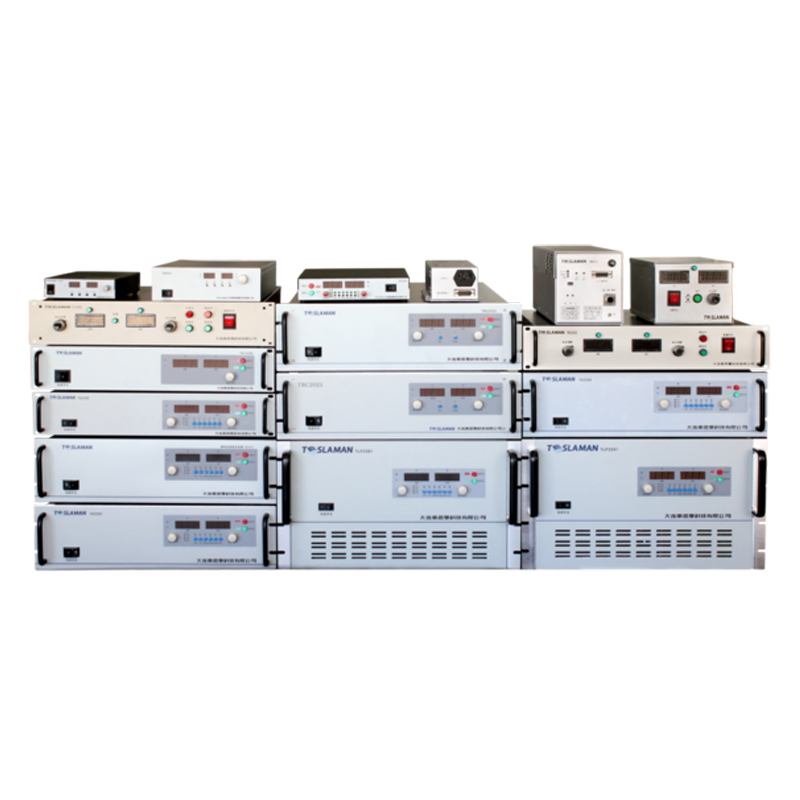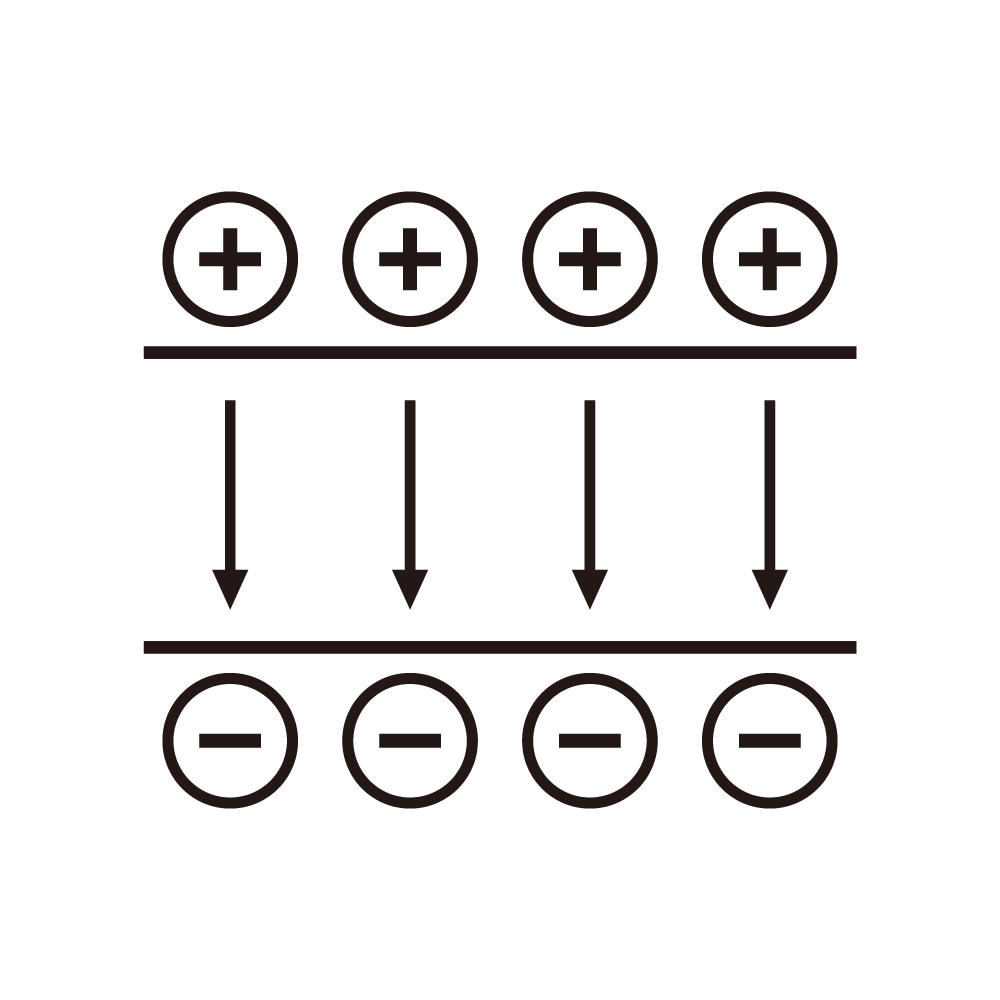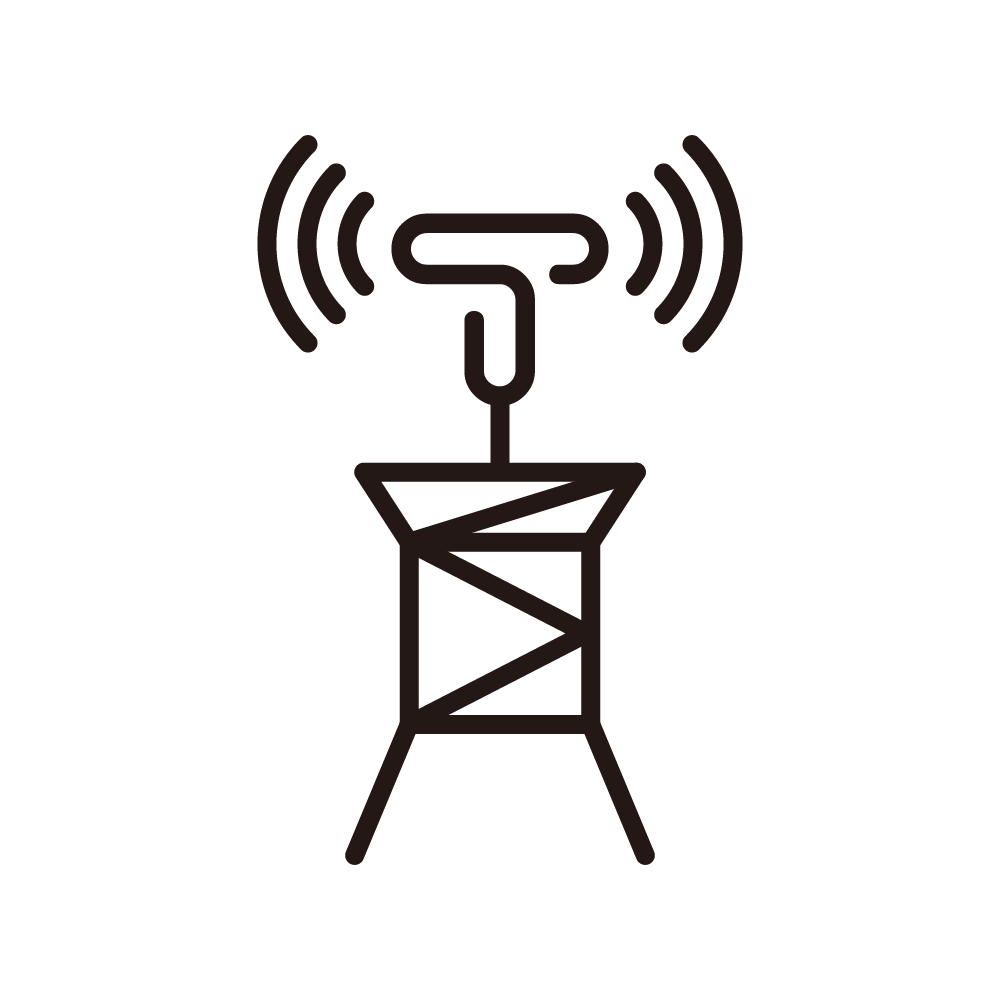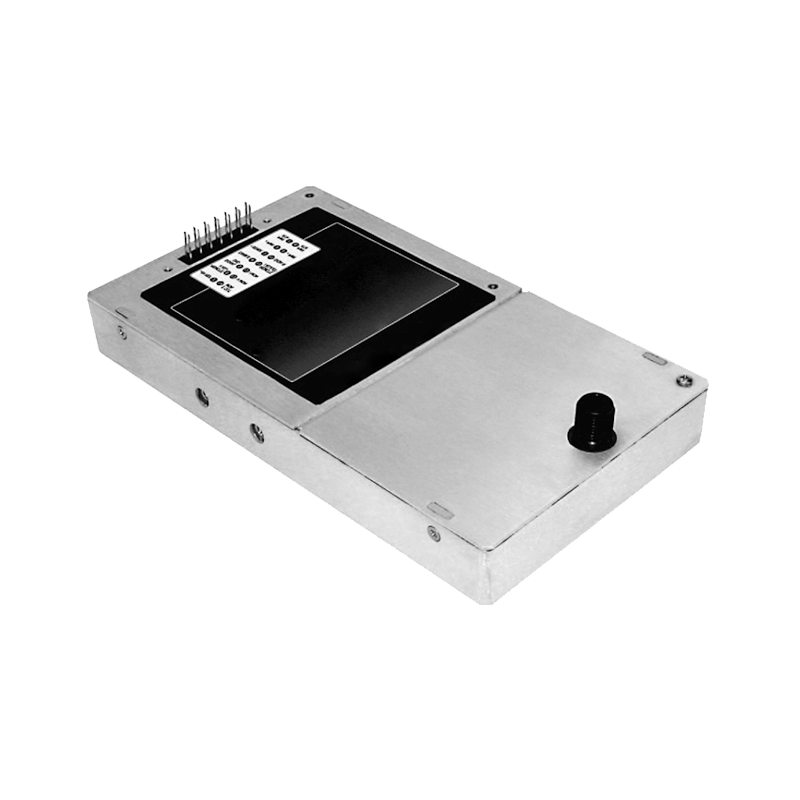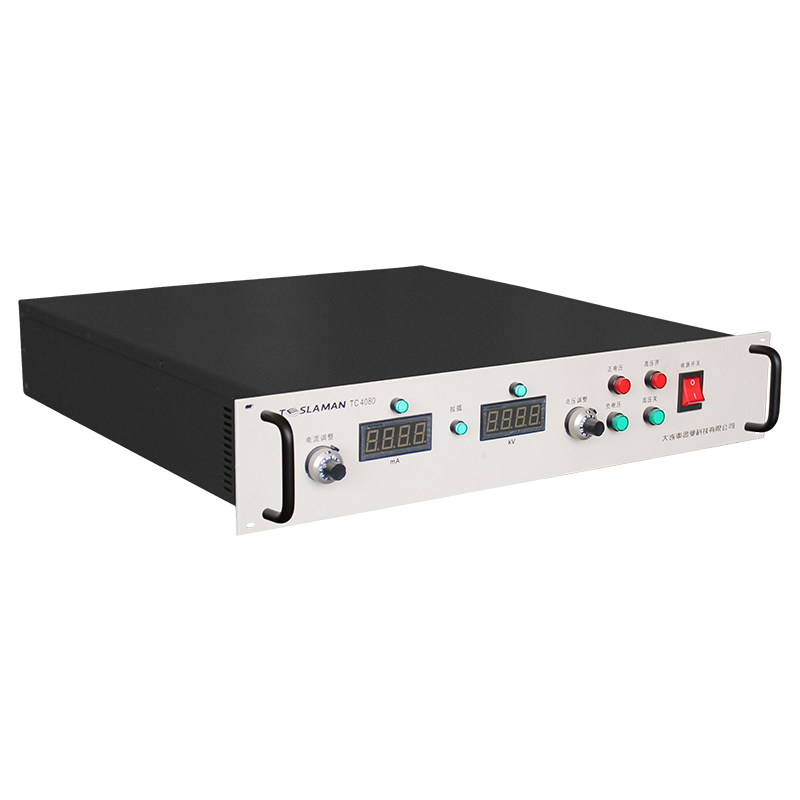Electron Beam High-Voltage Power Supply Health Status Monitoring System
1. Introduction
In fields such as electron beam processing and additive manufacturing, the high-voltage power supply, as a core power component, directly determines the operational stability of equipment and processing quality. Once a high-voltage power supply fails, it will not only cause production interruptions but also lead to the scrapping of expensive workpieces. Therefore, building a scientific health status monitoring system has important practical significance. The current traditional monitoring methods mostly rely on manual inspection, which has problems such as delayed fault early warning and single monitoring parameters, making it difficult to meet the strict requirements of high-precision electron beam equipment for power supply reliability.
2. Core Design of the System
(1) Multi-Dimensional Parameter Acquisition Layer
The system selects key operating parameters of the high-voltage power supply as monitoring objects, including output voltage stability (accuracy requirement ±0.1%), output current fluctuation value, internal temperature field distribution of the power supply (focusing on monitoring power modules and rectifier units), insulation resistance value, and high-frequency ripple coefficient. The acquisition module adopts isolated sensors to avoid interference of high-voltage signals on the acquisition circuit. Among them, voltage acquisition uses a voltage-divider isolated sensor, current acquisition uses a Hall effect sensor, and temperature acquisition uses a distributed optical fiber sensor to achieve dead-angle-free monitoring of key parts of the power supply. The sampling frequency is set to 1kHz to ensure the capture of instantaneous abnormal signals.
(2) Data Processing and Analysis Layer
An architecture of edge computing and cloud collaboration is adopted. The edge end preprocesses the collected raw data, including filtering and denoising (using the Kalman filtering algorithm to suppress high-frequency interference) and data normalization, to reduce the amount of data transmission. The cloud builds a health status evaluation model, combining Fault Tree Analysis (FTA) and machine learning algorithms (such as random forest), to classify the health status of the power supply into four levels: healthy (all parameters within normal thresholds), sub-healthy (a single parameter close to the threshold), fault early warning (parameters exceeding the threshold but not causing shutdown), and fault (seriously abnormal parameters). At the same time, a parameter correlation analysis model is established. For example, when the output voltage ripple increases with the temperature rise of the power module, the risk of power tube aging can be predicted in advance.
(3) Early Warning and Operation and Maintenance Decision-Making Layer
The system sets up a multi-level early warning mechanism. The sub-healthy state is indicated by the local indicator light of the equipment, the fault early warning state triggers an acousto-optic alarm and sends a text message to the operation and maintenance personnel, and the fault state automatically cuts off the power supply and saves the fault data. In addition, the system has the function of generating operation and maintenance suggestions. Based on historical fault data and current abnormal parameters, it recommends maintenance parts and maintenance cycles. For example, when the insulation resistance value continues to decrease, it is recommended to replace the insulation layer of the high-voltage cable.
3. Application Effects
The monitoring system was tested in the high-voltage power supply of electron beam welding equipment for 6 months. The test results show that the system's early warning accuracy for faults such as power module aging and high-voltage capacitor leakage of the power supply is over 92%. Compared with traditional manual inspection, the average advance early warning time is 48 hours, which effectively avoids 3 cases of welding workpiece scrapping caused by power supply faults and reduces equipment maintenance costs by about 30%. At the same time, the operating parameters recorded by the system provide data support for the life evaluation of the high-voltage power supply. By analyzing the long-term trends of voltage fluctuation and temperature change, the remaining service life of the power supply can be accurately predicted, providing a basis for the full-life cycle management of the equipment.
4. Conclusion
The electron beam high-voltage power supply health status monitoring system solves the limitations of traditional monitoring methods through multi-dimensional parameter acquisition, intelligent data analysis, and accurate early warning, significantly improving the operational reliability and operation and maintenance efficiency of the high-voltage power supply. In the future, the machine learning model can be further optimized, and more working condition parameters can be integrated to achieve more accurate fault location and life prediction, providing a more powerful guarantee for the efficient operation of electron beam equipment.
